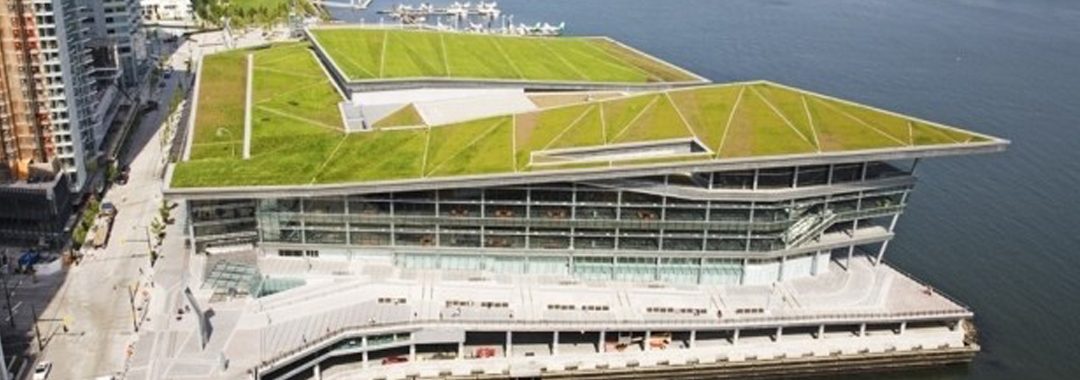Green Architecture – it’s the buzz in the architecture and construction industry today with its goal to use low impact materials to create efficient and environmentally-friendly structures.
Today, with so many technological advances, green architecture has come a long way. These are the five elements that make green architectures environment-friendly.
Green roofs
A rooftop garden or any sort of green space is an example of a green roof. It can lower temperature in the building or house, improve air quality, and help expand green space in urban areas where concrete dominates. To create a green roof of your own, start with laying down a waterproof barrier, material for drainage, a layer of soil and plants. In building one, it’s recommended to have an expert to help plan and build as the weight of the plants might require for an increased support on the roof. It’s also good to be knowledgeable about the best plants that can thrive without too much maintenance.
Solar panels
A popular green utility and a booming business nowadays, solar panels have become as common as air. Solar energy is increasingly becoming a preferred choice for most homes and commercial industries. It’s cheaper and can be easily harnessed. But if the appearance of the panels doesn’t suit your taste, solar shingles may be more suitable for you. Unlike solar panels, solar shingles aren’t as obvious since they integrate themselves into the roof and thus blend in.
Cob houses
Made from natural materials such as wet earth and straw mixed and rolled into loaf-sized pieces, cob houses have very low environmental carbon footprint. Its construction involves stacking the cobs and using clay-like materials to mold the walls by hand. Some cob houses even feature built-in furniture like couches and tables.

Interior and exterior of cob houses, made from wet earth and straw. (Source: Pinterest / Nifty Homestead)
Rainwater harvesting
Rainwater harvesting is the process of capturing water to irrigate the garden and to be used at home. Rain barrels are common equipment to be used in this system. But in the US, there are companies that offer beautiful rainwater harvesting systems that look like a fountain – perfect for people who think a typical DIY rain barrel is an eyesore.
Shipping container buildings
Shipping crates stacked vertically or lined up side by side can create buildings with an industrial and rustic look. By reclaiming old shipping crates and using them as prefabricated structures, home-owners and builders can help reduce the consumption of resources and production of waste in the manufacture of new materials. In countries like US, there are companies that offer prefabricated shipping crate homes, equipped with power, water and sometimes central heating and air.






